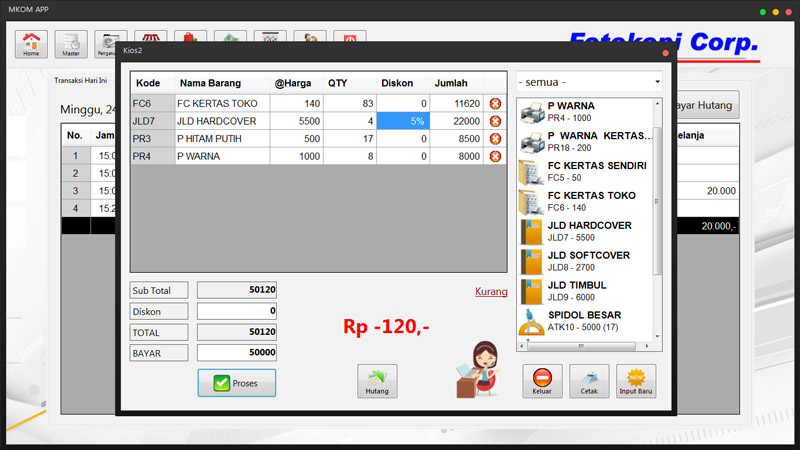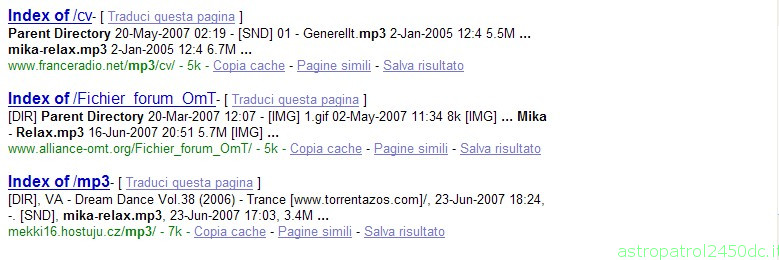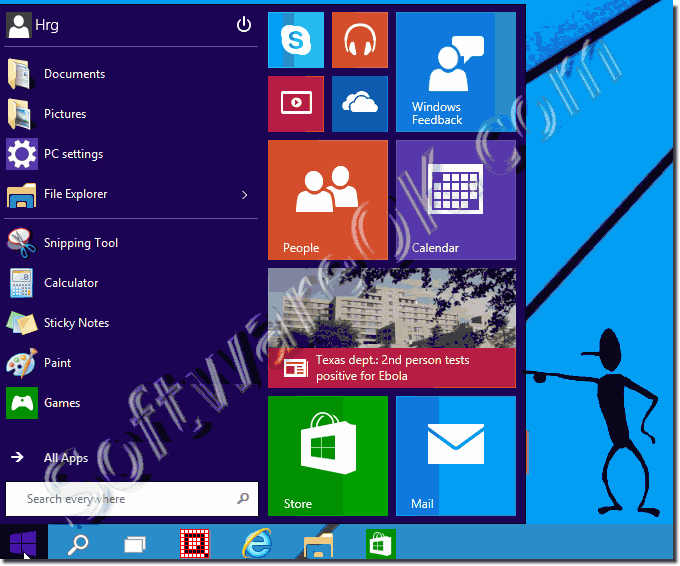
Identifies how the data are recorded on this volume. If not specified, all bytes should be 0x20.

For extended preparation information, the first byte should be 0x5F, followed by the filename of a file in the root directory. The identifier of the person(s) who prepared the data for this volume. For extended publisher information, the first byte should be 0x5F, followed by the filename of a file in the root directory. Identifier of the volume set of which this volume is a member. Note that this is not an LBA address, it is the actual Directory Record, which contains a single byte Directory Identifier (0x00), hence the fixed 34 byte size. Zero means that no optional path table exists. The path table pointed to contains only big-endian values. The path table pointed to contains only little-endian values. Location of the Optional Type-L Path Table NB: This means that a logical block on a CD could be something other than 2 KiB! The number of this disk in the Volume Set. The size of the set in this logical volume (number of disks).

Number of Logical Blocks in which the volume is recorded. The name of the system that can act upon sectors 0x00-0x0F for the volume. OffsetĪlways 0x01 for a Primary Volume Descriptor. This is a lengthy descriptor, but it contains some very useful information for reading the rest of the file system. Little-endian followed by big-endian encoded signed 32-bit integer. Little-endian encoded signed 32-bit integer.īig-endian encoded signed 32-bit integer. Little-endian followed by big-endian encoded unsigned 32-bit integer. Little-endian encoded unsigned 32-bit integer.īig-endian encoded unsigned 32-bit integer. Little-endian followed by big-endian encoded signed 16-bit integer. Little-endian encoded signed 16-bit integer.īig-endian encoded signed 16-bit integer. Little-endian followed by big-endian encoded unsigned 16-bit integer. Little-endian encoded unsigned 16-bit integer.īig-endian encoded unsigned 16-bit integer.


Where a both-endian format is present, the x86 architecture makes use of the first little-endian sequence and ignores the big-endian sequence. For this reason, 32-bit LBA's often appear as 8 byte fields. Both-endian (LSB-MSB) fields are therefore twice as wide. The ISO 9660 standard specifies three ways to encode 16 and 32-bit integers, using either little-endian (least-significant byte first), big-endian (most-significant byte first), or a combination of both (little-endian followed by big-endian). Another quirk of the system is that it has several numbering formats and multi-byte numbers are often represented in both-endian format.


 0 kommentar(er)
0 kommentar(er)
